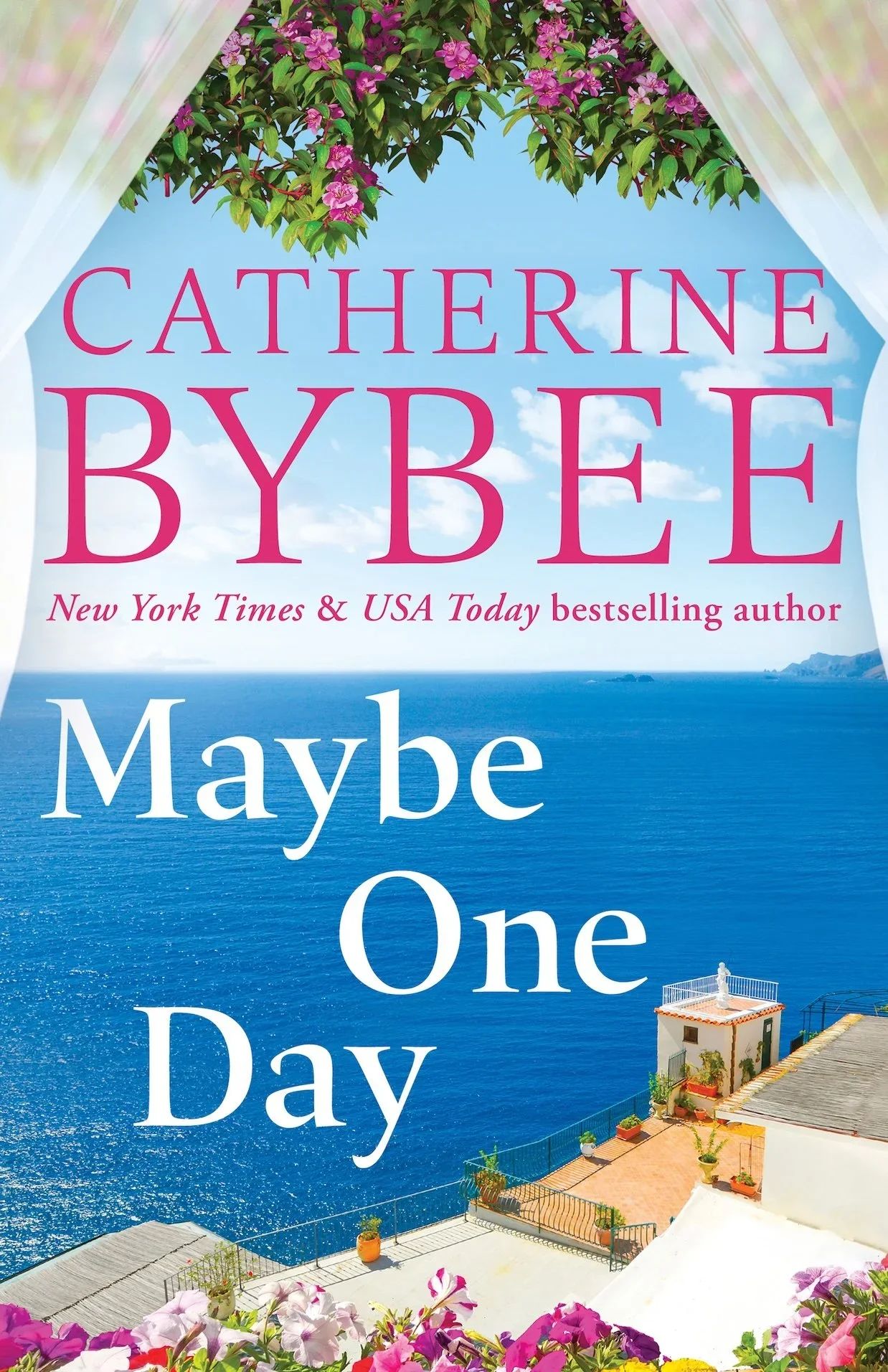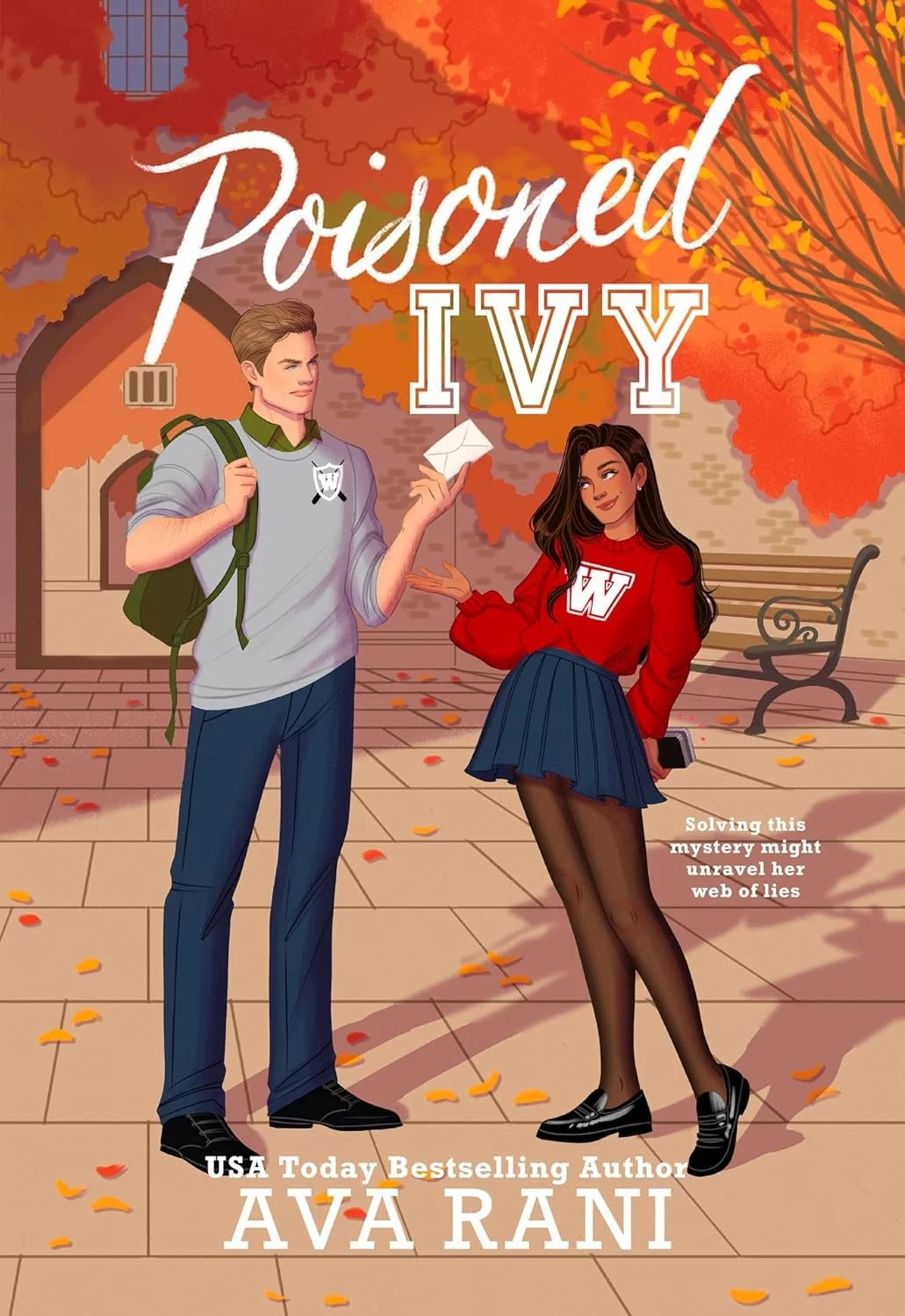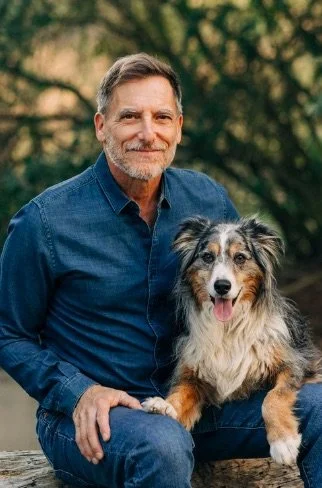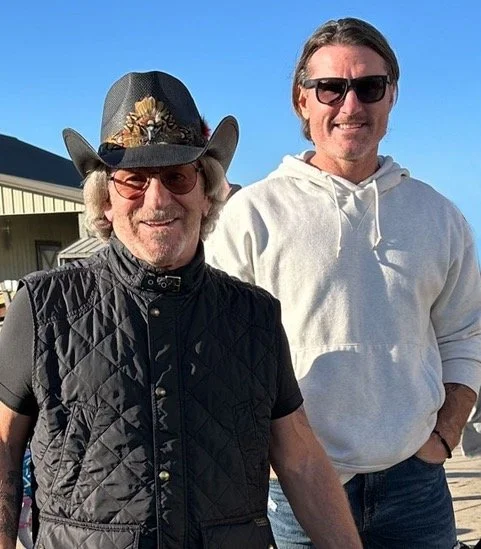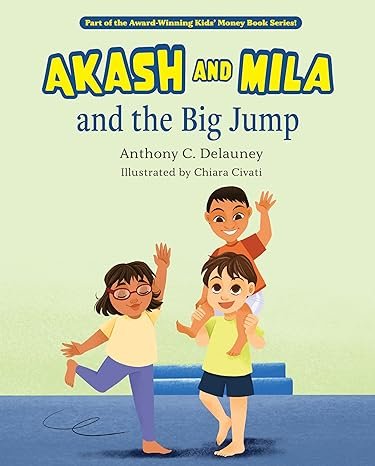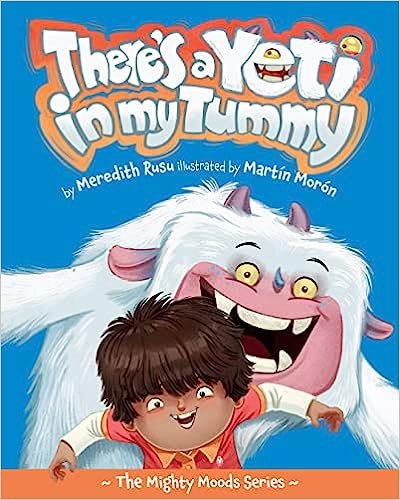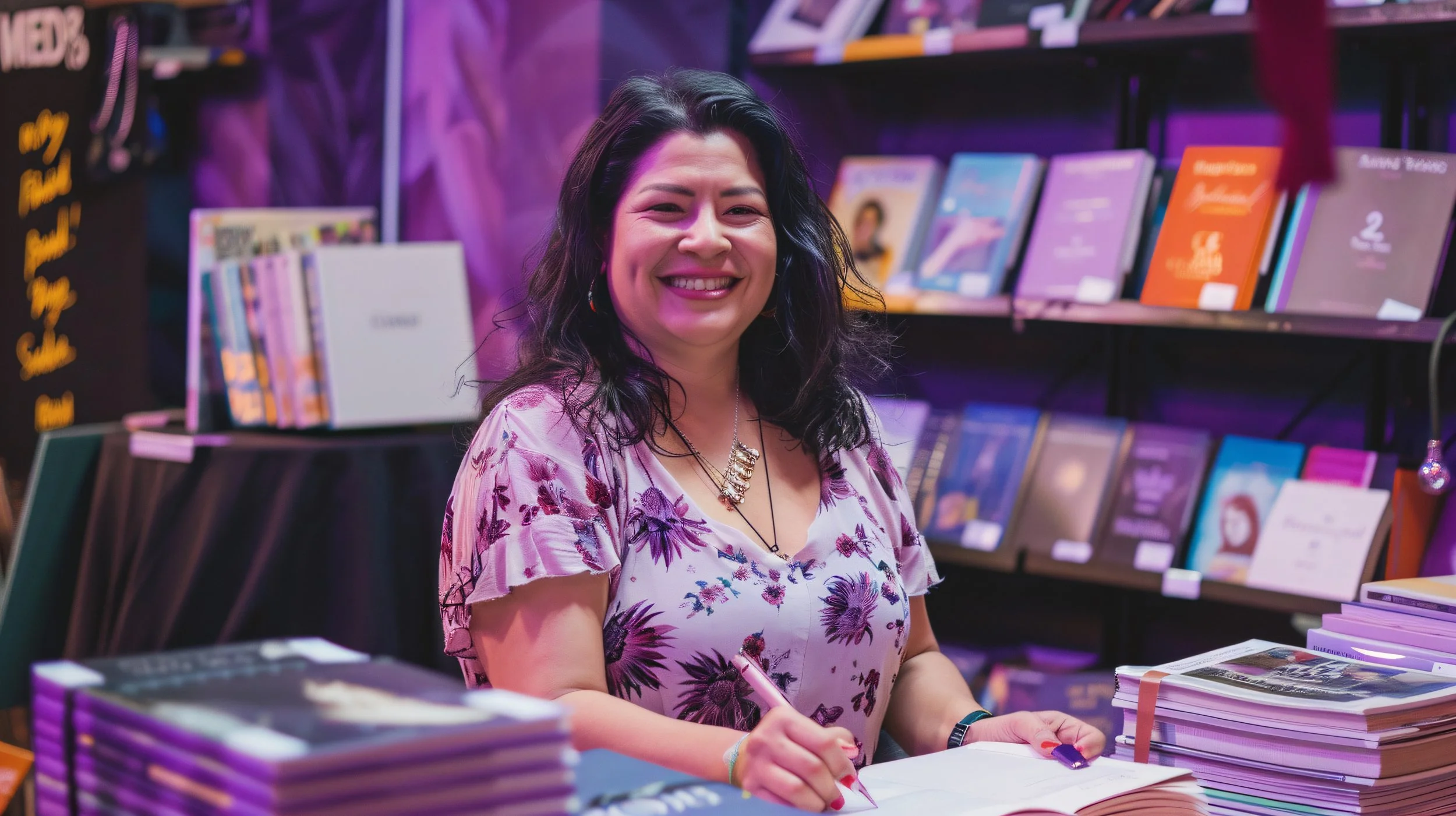Review: What Aging Men Want: The Odyssey as a Parable of Male Aging by John C. Robinson
/Paperback: 169 pages
Publisher: Psyche Books
Available at Amazon | Barnes and Noble
So, what do aging men want? This questioned pondered throughout the book and brought me thinking about a few things as I turned the pages. I was a bit skeptical about comparing classic literature to this question but I was thoroughly impressed with the attempt. Author John Robinson paralleled the transitional stages in a man’s life to the chronicling life experiences of Odysseus in the Odyssey which he believes “reveals the DNA of male aging and a prototype for man’s possible elderhood.”
Specializing in men’s issues as a psychologist, Robinson interviewed forty men that ranged in ages of 60 and 85, through groups and individual interviews. He wanted to show the struggles of what men go through and give a community where they could relate their shared experiences and understand what they authentically want. Deeply inspired by the Odyssey, the book can be interpreted from a variety of perspectives but mostly through the journey of a man’s life and his search for personal meaning later in his life.
The concept of the book I thought was fascinating on two levels. One, I’d never seen The Odyssey rearranged liked that so it gave me an entirely new appreciation for story it tells and I thought that Robinson interpreted the works so intelligently to parallel the struggles of men with something that many have had a hard time coming to terms with could relate and find interesting. Using such a masculine figure and seeing the trajectory of his life from the pov of a male reader can be of comfort through seeing the similar experiences. I found much of the commentary in the book insightful as well as an enlightenment of shared wisdom. It was fascinating reading his interpretation of highlights of what he drew upon from the challenges complemented by his own shared experiences. The only part of the book that I found a bit displaced was following each chapter the growth questions. I thought it would’ve been more appropriately place in the appendix as a resource rather than after each chapter. Robinson had such insightful commentary that I thought it distracted the continuity of the moments.
Overall, I found the book fascinating and it definitely will inspire conversation amongst men who are this demographic. Even the though the book isn’t geared towards women, I think the core message of what the book represents can be absorbed and appreciated. So, if you are wandering the answer to my initial question, this was book was a good starting point.
Reviewed by Michelle Bowles

